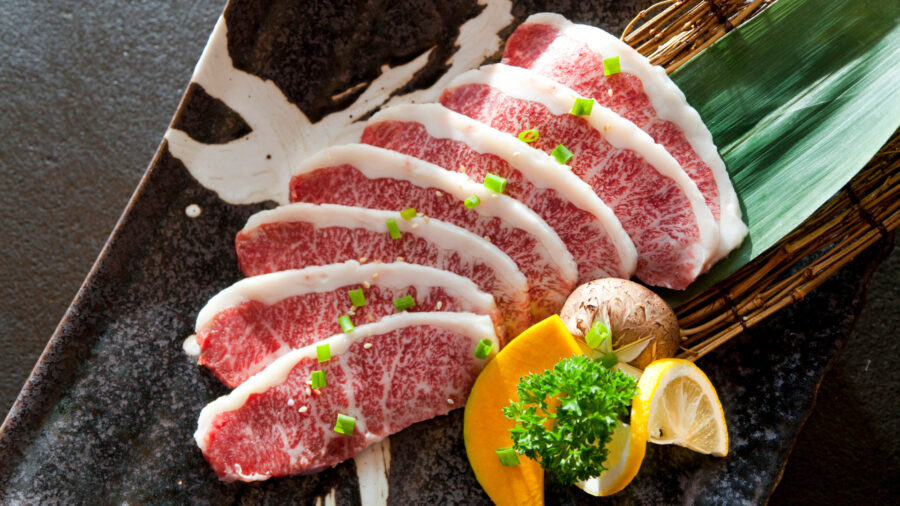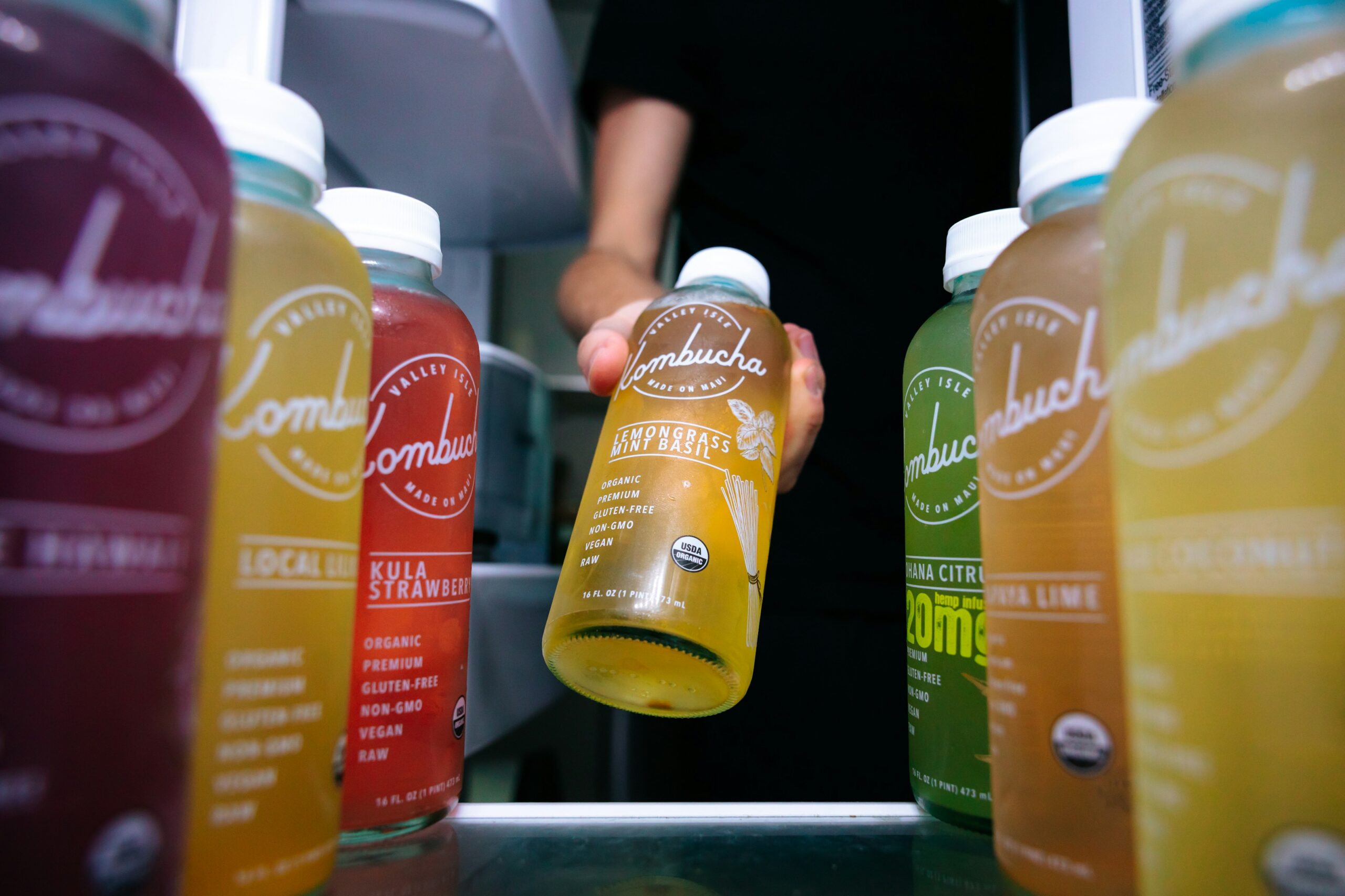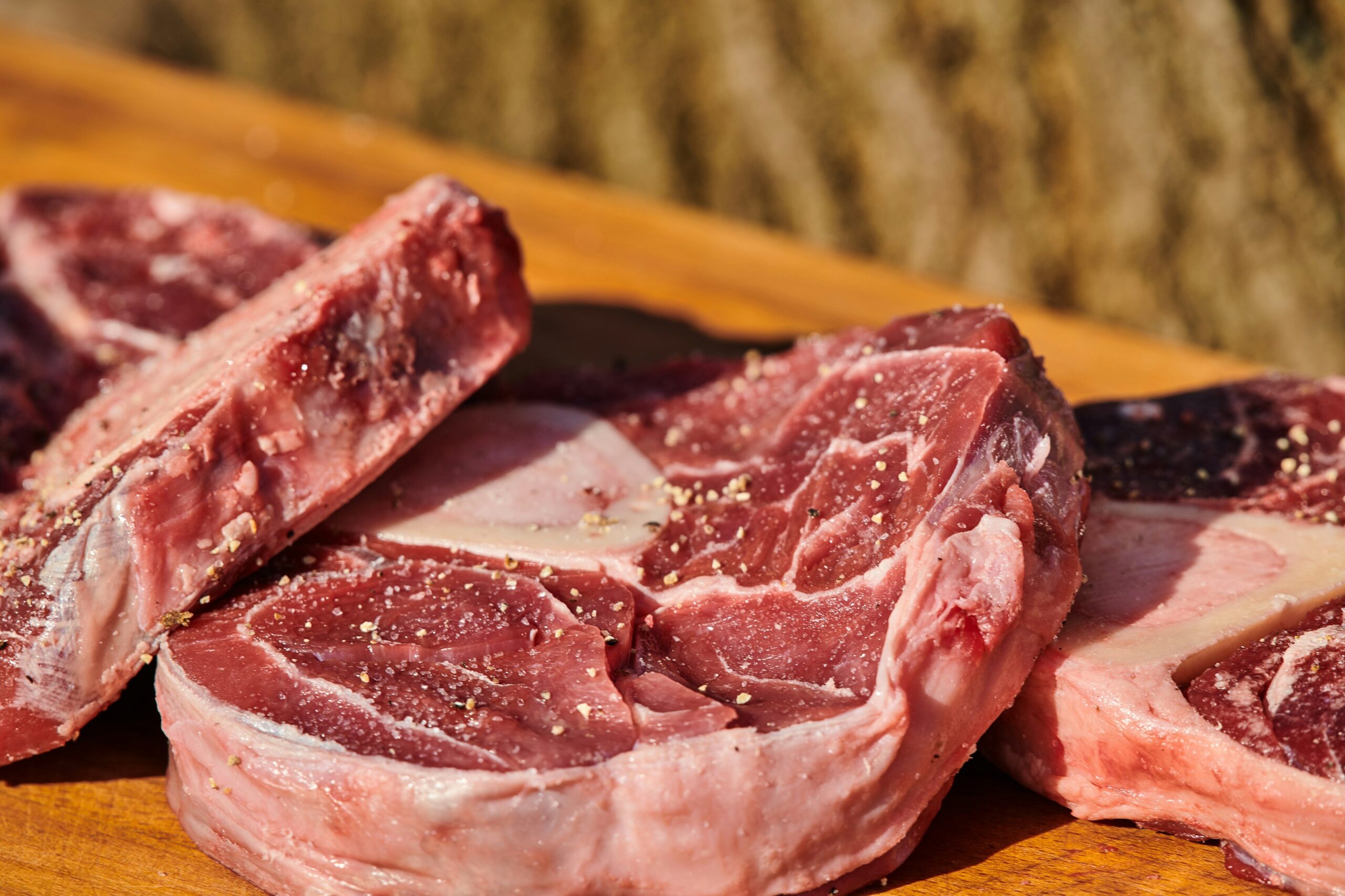“A good way to ruin a steak,” my father used to say while slicing his ribeye, splitting the peppercorns like Oppenheimer splitting the atom, “is to put steak sauce on it.”
Now that I’m older and grilling steak for my own family, I tend to agree – sometimes the best flavors are the ones that stand on their own. Steak and the protein market have come a long way in the decades since receiving that gem – whether you pan-fry it, smoke it, bake it, broil it, or slap it on the grill at 450° or over some charcoal briquettes, everyone has their preferred method to evoke their preferred flavor, from burnt to a crisp to bloody as hell.
Today, though, the at-home gourmands of global beef are able to enjoy something they didn’t have during the Clinton era – Wagyu, that tender, marbleized, rich cut of Japanese beef. Flavorful and robust, Wagyu often tops restaurateurs’ dinner menus as the cut de la creme, the luxurious and bougie beef, the apex protein for the apex predator armed with a sharp knife, a crisp vegetable, and an appetite for the sublime.
The Wagyu Market is Booming
Wagyu (“wah-gyu” – say it fast) first began to gain prominence in the 2010s after the ban on Japanese Wagyu exports to Europe and the U.S. were lifted. The Japan Food Product Overseas Promotion Centre – or JFOODO – was created to bolster global competitiveness of Japan’s agriculture and natural resources, and began boosting its agriculture, fisheries, and food products through strong branding, intense promotion, and other international support efforts.
Needless to say, it worked (the JFOODO American Wagyu page is excellent). When people first learn of Wagyu, they’re often told of pristine cattle whose loins are massaged by ranchers while suspended off the ground to encourage low-stress, high-muscle growth. It’s true, at least in theory – raising Wagyu cattle is expensive because Wagyu cattle have an inherent marbling gene in their DNA, a unique factor at the atomic level that helps cultivate the rich and delicate marbling revered around the world. For that gene to activate, however, the cattle require as stress-free an environment as possible, so Wagyu ranchers (bokujō-nushi) treat their Wagyu cattle like Wagyu royalty, curating safe environments with robust natural grasses and food stock, and Wagyu ranchers implement rigorous practices to keep their cattle hale, healthy, and wholesome, and to achieve pristine shimofuri, or marbling.
According to a recent report from Technavio, the Wagyu market is rapidly accelerating and poised to grow to over $3.5 billion by 2026, accelerating at a CAGR of 7.4% on the heels of Japan’s record Wagyu exports in 2021 at almost 8,000 tons of beef worth $4 billion. From vending machines in Japan to suburban strip mall restaurants in Jacksonville dedicated to the tender cut, Wagyu is experiencing rapid growth amid a consumer market beset by inflation but still keen to spend money on top-choice products – an effect known as premiumization. The overall market for all grass-fed beef should grow to over $12 billion by 2027, and no wonder – consumers are willing to shell out for top-shelf protein.
“The Wagyu world is booming right now,” said Jen Brown, a professional food stylist, to The Food Institute.
“There’s a surge in innovation happening in the breeding and feeding techniques used to produce Wagyu. Ranchers are increasingly experimenting with new and unique combinations of grasses, feeds, and aging methods to create exclusive and proprietary Wagyu products.”
Wagyu, however, does not have to be synonymous with expensive. A5-rated Japanese Wagyu is often considered the beef world’s pinnacle of protein, but American and Australian hybrid cuts from Angus and other breeds can offer an equal if not superior experience depending upon what type of meal you’re looking for.
“The wagyu market is similar to the wine market in that there will always be room for both value-priced and premium options,” Brown continued. “Just as wine enthusiasts appreciate both an affordable bottle of table wine and a rare, expensive vintage, Wagyu lovers can appreciate both an everyday Wagyu steak and a high-end cut for special occasions.”
That’s because the differentiating factor for the average consumer isn’t necessarily the size of their wallets; it’s the experience they desire. That’s how Nick Fiorentino sees his business – The Meatery, one of a few Kobe Beef Association certified A5 Wagyu distributors – and his passion for providing not just the top cuts, but the ideal Wagyu experience.
“We work hard to understand the experience customers desire prior to recommending a steak for them,” he told me during an exclusive interview with The Food Institute.
“The vast majority of consumers both in our storefront and website walk in asking for Japanese A5 Wagyu. When we dig into the dish they want to create, oftentimes it would be too rich for the experience and we pair them to Australian or American Wagyu.”
Despite a lower price point, hybrid American and Australian Wagyu still offers a premium protein experience tempered by lower costs and different flavors, Fiorentino noted.
“While one can argue that certain types of Wagyu are ‘better’ than others, at this level they really all are fantastic.”
Fiorentino says the top-shelf stuff most A5 amateurs (like me) ask about isn’t really ideal for most occasions; “We don’t recommend it for dinner with sides and a salad and mashed potatoes; you’ll need a wheelbarrow to get out of the room,” he said.
Instead, his team asks three questions:
- What type of experience are you looking for?
- How many are you feeding?
- What do you usually order at the steak house?
The sheer richness of A5 Wagyu may simply be too much for some customers, he said, which is fine – American and Australian hybrid Wagyu will still offer that premium cut seldom seen outside top steak restaurants and butchers, offering a slightly-less-expensive yet unforgettable meal.
“If you match the customer with the right steak, they’ll come back,” he said. “If you’re trying to knock a bucket list item off, we’ve got it, but for a date with your wife or having friends over for a barbecue, it’s probably not what you’re looking for.”
Cutting Through the Fat – Labeling & Misinformation
Like any industry (and time-tested foodservice staples, such as beef), there’s almost as much misinformation, outdated stereotypes, unusual tropes, and downright bizarre applications of food science, food service, and public perceptions swirling around Wagyu beef. Yes, the market is growing, but just because it’s labeled Wagyu or Kobe-style does not mean you’re getting what you actually desire.
“There’s been so much misinformation about fat and red meat that our parents were given and many people still have those perspectives,” Fiorentino said.
“Fat won’t clog your arteries. Honey Nut Cheerios will clog your arteries. From a business standpoint, I welcome everyone changing that narrative – people who only ate sirloin are realizing you won’t die if you eat a ribeye steak.”
That’s one aspect of the beef industry Fiorentino believes needs more attention – the idea that fat, any fat, is bad. “Intramuscular fat (aka marbling) is the flavor; poorly trimmed steaks containing gristle/silver skin have likely left a bad impression on the consumer perception of marbling. In addition, I’m happy to report that I see less people correlating beef fat with cholesterol – particularly Wagyu fat – which is genetically a very healthy fat to consume.”
He’s not wrong, and he’s got the data to prove it. According to a study from the National Institute of Health and the National Library of Medicine, “Highly marbled Wagyu and Hanwoo beef have higher proportions of MUFA [monounsaturated fatty acids] due to higher concentrations of oleic acid. Many studies have shown that MUFAs have little effect on total cholesterol. They are heart-healthy dietary fat because they can lower LDL-cholesterol while increasing HDL-cholesterol.”
“The lipid profile of Wagyu is better from a ‘bad cholesterol’ standpoint than chicken,” Fiorentino said with a practiced flourish, “it’s crazy how low it really is.” What’s more, Wagyu is rich in folate, zinc, protein, and fiber, helping drive nutrition-conscious consumers toward Japan’s finest agricultural export.
Here’s the final line of that study: “Literatures have concluded that high-oleic acid beef such as Wagyu and Hanwoo beef may reduce risk factors for cardiovascular diseases.”
Chewing the fat – if you will – has never been healthier.
Wagyu for the Masses
Consumers can source top-shelf Wagyu from butchers and distributors, but what about the mass-market appeal for grocery?
Can I get good Wagyu, in other words, at Hy-Vee, H-E-B, or Kroger?
“ ‘Good’ is relative,” Fiorentino noted again, “The mass-produced grocery store Wagyu steaks certainly have their place and are completely satisfactory steaks. These steaks are, however, not 100% Wagyu genetics (oftentimes less than 50%) and loose labeling laws don’t require clarification. Arby’s is a perfect example of this – they sell a ‘Wagyu Burger’ that’s 52% American Wagyu, which is itself cross-bred; the actual Wagyu content is likely less than 26%.”
American companies have been quick to jump on the Wagyu wagon. “There is plenty of lower-grade ‘Wagyu’ out there which is being mislabeled and sold to the public as something it is not at prices that are simply unrealistic for the highest-grade Wagyu,” said Gabriel Llaurado, co-founder of the premium online butcher, Meat ‘N Bone.
“Wagyu has become the new marketing label that consumers don’t really understand, alongside other trending terms like ‘all-natural,’ ‘no hormones,’ or ‘pasture-raised.’ Wagyu-Angus crosses can be AMAZING but consumers should not be duped or deceived, particularly in the U.S where the government does not oversee these claims.”
Llaurado is adamant that “the commercial misuse and exploitation of the term Wagyu really does a disservice to the traditional Japanese origins. Wagyu remains a delicacy and highly misunderstood, which is why the Japanese government is making a huge effort to educate consumers to identify Japanese A5 Wagyu and the differences between it and other Wagyu options.”
The e-commerce market for Wagyu is a burgeoning and exciting space, heralded by shops like The Meatery and Meat N’ Bone. And it’s a trend Fiorentino is more than OK with.
“I for one am thrilled about the growth,” he said.
“While I’m aware it will constrict my margins, I do truly love the product and watching peoples’ reactions to their first bite. The Meatery will do what we need to do to pivot around and keep our business healthy and we welcome all the new aficionados that are searching to continue their Wagyu journey. Wagyu and wine are very similar – experiential, with a lot of variety to choose from. It may be a commodity but with it comes an incredibly passionate journey that one is never finished exploring.”
Looking ahead, Fiorentino sees stability in the American Wagyu market. Many of the international supply chain issues from Japan and southeast Asia to western markets are being fixed, and he noted wild weather conditions have stressed the prime beef market since the pandemic.
“I also think a lot of influencers online have done a great job changing the narrative around beef in general. I am seeing an influx of customers asking for offals (organs) because of prominent social media accounts preaching the health benefits of them.
“Overwhelmingly, consumers prefer Wagyu to Angus Beef. It is my belief that Wagyu will continue to become more affordable as more companies enter the space.”
So what do you think? Will the proprietary and expensive nature of Wagyu continue to be the beacon by which all other beef is judged (and maybe found wanting)? Will its commodification and growth sully the market?
In my limited experience, the answer is no – perhaps the biggest surprise to this carnivore isn’t the greater health benefits of Wagyu beef versus other proteins, nor the tender, melt-in-your-mouth qualities and sublime marbling of this marvelous meat. Instead, it’s the insistence from Wagyu stakeholders that Wagyu can be commodified to the masses and enjoyed by all, and that the experience – much like the flavor – can, and will, stand on its own.













